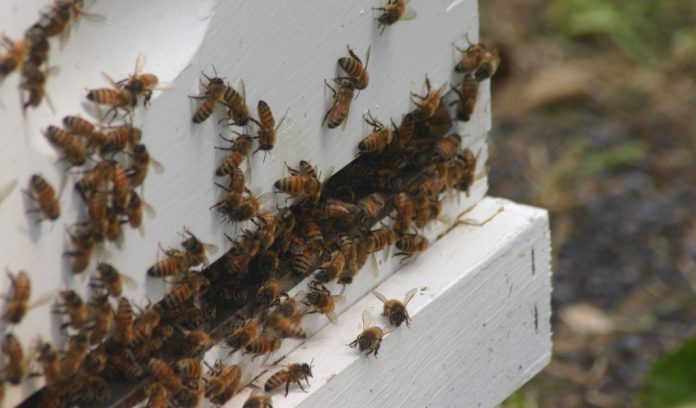WASHINGTON — U.S. agriculture owes many thanks to the honey bee, as it plays the crucial role of pollinator within the nation’s food supply. Some of the nation’s food industries rely solely on the honey bee, and it’s estimated that the economic value of its pollination role is worth well over $17 billion each year.
With this fact in mind, ARS researchers recently studied the U.S. honey bee’s genetic diversity to ensure that this crucial pollinator insect has sufficient diversity to overcome the growing number of stressors such as parasites, diseases, malnutrition and climate change.
What they found is alarming: the U.S. honey bee population has low genetic diversity, and this could have a negative impact on future crop pollination and beekeeping sustainability in the country.
The research, recently highlighted in Frontiers, was accomplished by analyzing the genetic diversity of the U.S. honey bee populations through a molecular approach. Researchers studied approximately 1,063 bees from hobbyist, and commercial beekeepers in 45 U.S. states, the District of Columbia, and two U.S. territories, Guam and Puerto Rico.
The data showed that the nation’s managed honey bee populations rely intensively on a single honey bee evolutionary lineage. In fact, 94% of U.S. honey bees belonged to the North Mediterranean C lineage.
The lack of genetic diversity creates a vulnerability for U.S. honey bees to survive in shifting climates that are now wetter or drier than usual. There is also concern that a honey bee’s inability to fight off disease or parasitic infection could negatively impact beekeeping sustainability.
The challenge of U.S. honey bees’ weakened immunity has become an economic burden to bee producers and beekeepers. In the past, U.S. beekeepers suffered less honey bee colony losses and treated against varroa mite (a ferocious honey bee parasite) once per year.
In 2023, colony losses and winter mortality are at a high peak and varroa mite requires multiple treatments per year to keep it under control.
These complex factors are driving the ARS research team to develop a solution that’s sustainable for the entire nation.










